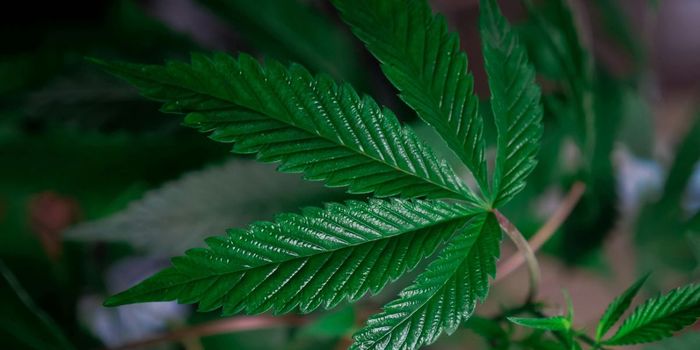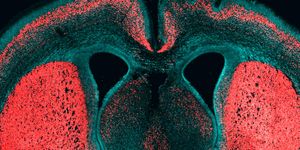The field of paleobiology and the study of ecological diversity have some new data and it's proving to be quite different from what most theories of animal evolution have previously posited.

Researchers from Stanford University have recently completely a comprehensive analysis of marine fossils which demonstrates that the evolution of ecological diversity (which relates to what animals do) did not follow the pattern as the evolution of taxonomic diversity (which relates to how animals look) Instead, ecological diversity developed at a much slower pace, culminating with the huge variety of animal functions that exists today. Stanford researchers found that ecological diversity came about much slower than originally believed.
"The fossil record provides clear evidence that the basic body plans that all marine animals follow today evolved around the time of the Cambrian explosion 542 million years ago and almost all subsequent new species are variations on those themes," said Stanford paleobiologist Jonathan Payne, who is a coauthor on a new study detailing the findings. "But what animals have been able to do with those body plans has changed dramatically, and took much longer to reach the point that we see today."
In the study, published online on March 4 in the journal Nature Communications, Payne and his colleagues challenged a long held theory originally proposed by famed evolutionary biologist Stephen J. Gould and others that the evolution of ecological function underwent an "early burst" at the very beginnings of animal life, similar to that of body plans.
Payne's research team did this by painstakingly categorizing two-thirds of the entire marine animal fossil record according to specific criteria related to ecological function. The scientists took each genus of marine animals and assigned it an "ecological mode of life"-essentially a large number of factors related to a creature's habitat, how mobile it is, and its feeding mode.
In one example, they assigned a different ecological mode of life to a sea sponge whose habitat is the sea floor and which feeds on organic particles wafting by on ocean currents than they did to a tuna, which swims through the ocean and preys on other fish. The team assembled this data for more than 18,000 genera and revealed how the functional diversity of marine animals has evolved through time. This was the first time such a large body of evidence was collected and analyzed and the result was not what they expected.
"Our evidence is very clear that, unlike basic body plans, the ecological functions of animals did not appear in an early burst at all. Rather, it's quite the opposite," said Matthew Knope, a former postdoctoral researcher in Payne's lab and the lead author of the new study. The team estimates that today's vast ecological diversity in animal functions has taken almost 542 million years to develop.
Payne's group was also interested in the question of biological trends. A previous study by the team found fresh support for Cope's rule, a theory in biology that states that animals tend to evolve toward larger sizes over time. The team discovered another trend, that of the increase of ecological diversity over time.
"What's striking is that unlike body size, which exhibited gradual, long-term trends, there were big jumps in ecological diversity after mass extinction events," Payne said.
Some scientists refer to the current loss of biodiversity caused by human activity as The Sixth Mass Extinction and see these findings as hope that the Earth can recover, though it might take millions of years.
"Life may rally back from the current mass extinction," Payne said, "but that recovery will never be seen by humans."









